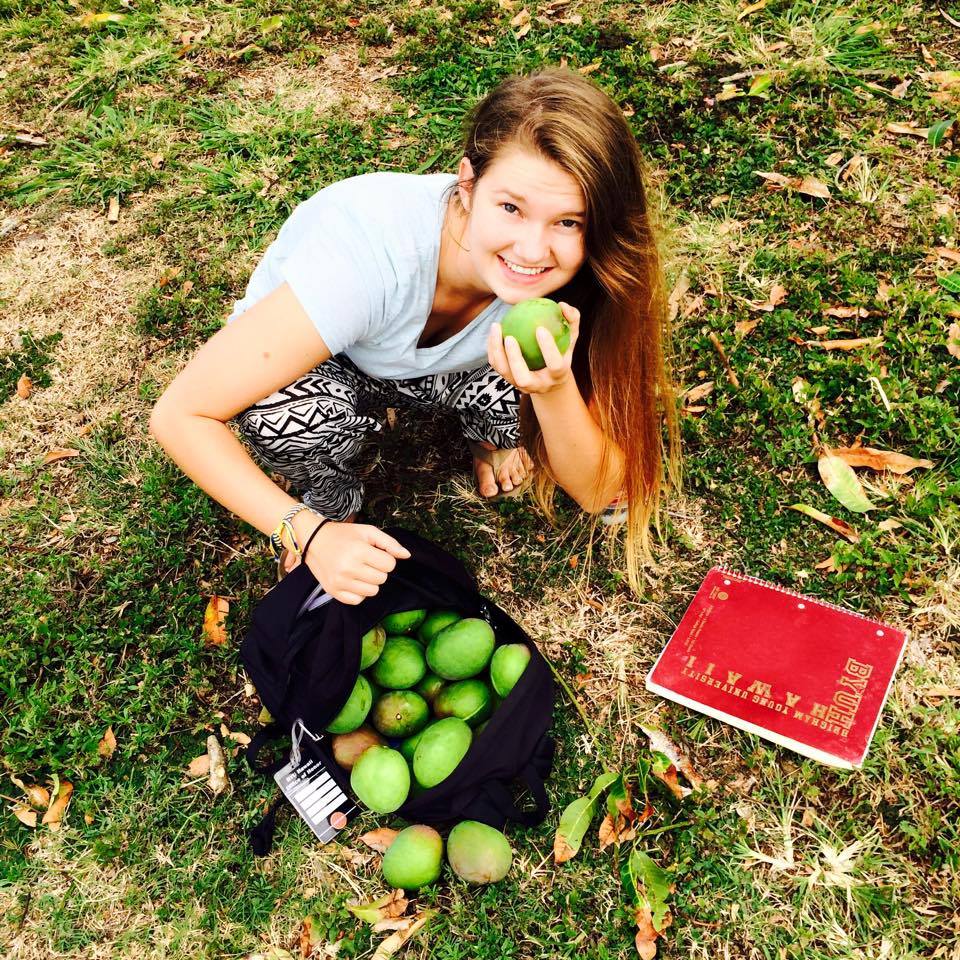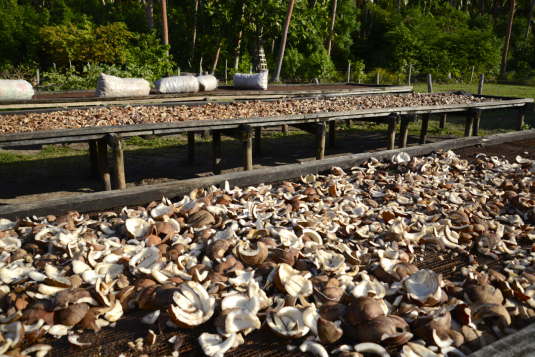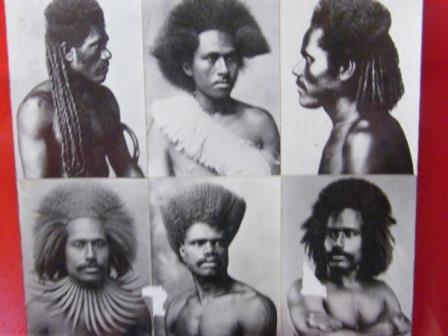“Bula Vinaka” and welcome to Fiji! This phrase means more than simple hello or greeting, and the speaker proclaims “good health” or “good life” to the hearer.
The approximate 330 inhabitable islands of Fiji are spread out over more than a million square kilometers of South Pacific ocean. This accounts for a greatly diverse culture that varies from island to island, as well as more than 30 distinct language dialects. The Fijian village in the Polynesian Cultural Center is typical of the Lau island group (located on the eastern edge of the Fijian archipelago). Because it is closer to other island nations like Tonga and Samoa, the Lau island group has more historical and cultural connections to the Polynesian islands than the rest of Fiji.
Fiji’s main export was copra at one time (dried coconut kernel) for making coconut oil and other products. Fiji grows about 250 million coconuts per year. These nuts are cut in half and laid in the sun to dry for two or three days, after which the meat is removed from the shell. Traditionally made Fijian coconut oil is often given a nice scent by letting flowers soak in the oil while it is processing.
Fiji is is one of the more developed countries in the South Pacific, and many of the people today live in modern style houses. Luckily, traditional villages and architecture still exist in the rural areas of the country. Central features of a Fijian village are the temples and the houses of the chiefs.
The chief’s house is called the vale levu. It is the largest structure in the village and is elevated above all other buildings besides the temple. A key feature of the vale levu is the four doors. Each door is reserved for use by specific people only. The front door is for commoners, the two side doors are for the chiefly family, and the back door is for the exclusive use of the chief himself. In ancient times, the doors were guarded by warriors and the penalty for breaking this rule was death. If you’re not sure which door to use, send a friend in first!
As you look around the chief’s house, you may notice a wooden object on the bed, possibly shaped somewhat like an anvil. This is the Fijian version of a pillow. The headrests vary in shape, but they all have the same purpose. The headrest kept a person’s head and hair from touching the ground.
According to Fijian tradition, the head is the most sacred part of the body, and specifically, a person’s hair holds a lot of power. Traditionally, a person’s allowed length of hair was determined by his or her status and power; no one was permitted to have longer hair than the chief. Notice the elaborate hairstyles in the photo. Under no circumstances was the head to touch the ground, even while sleeping. Not the most comfortable option, but it definitely got the job done!
Of the many unique elements of Fijian culture, their traditional music is possibly my favorite. Drums and percussion instruments star in Fijian music, which is often paired with athletic dances. Like other Polynesian islands, Fiji also adopted the use of guitar and ukelele into their music, along with strong vocal harmony. This video shows a Fijian dance recorded at the Polynesian Cultural Center. The music for the dance is performed by live musicians and will give you a taste of the unique, compelling music of Fiji. Visit if you get a chance! “Bula!”
Story by Erin Baker

I am from Salt Lake City, Utah. I am studying Intercultural Communications at Brigham Young University Hawaii. Attending BYU Hawaii was always a dream for me and I value the diverse community of the campus. I am so lucky to attend this special school. Giving tours at the PCC was amazing because I love the details of the unique cultures represented in the villages. The music, art, dances, and languages of Polynesia are vibrantly alive at PCC and I take every chance I can to be a part of it. I worked at the Polynesian Cultural Center in the past, and now I work at the Reading Writing Center on campus.






Recent Comments